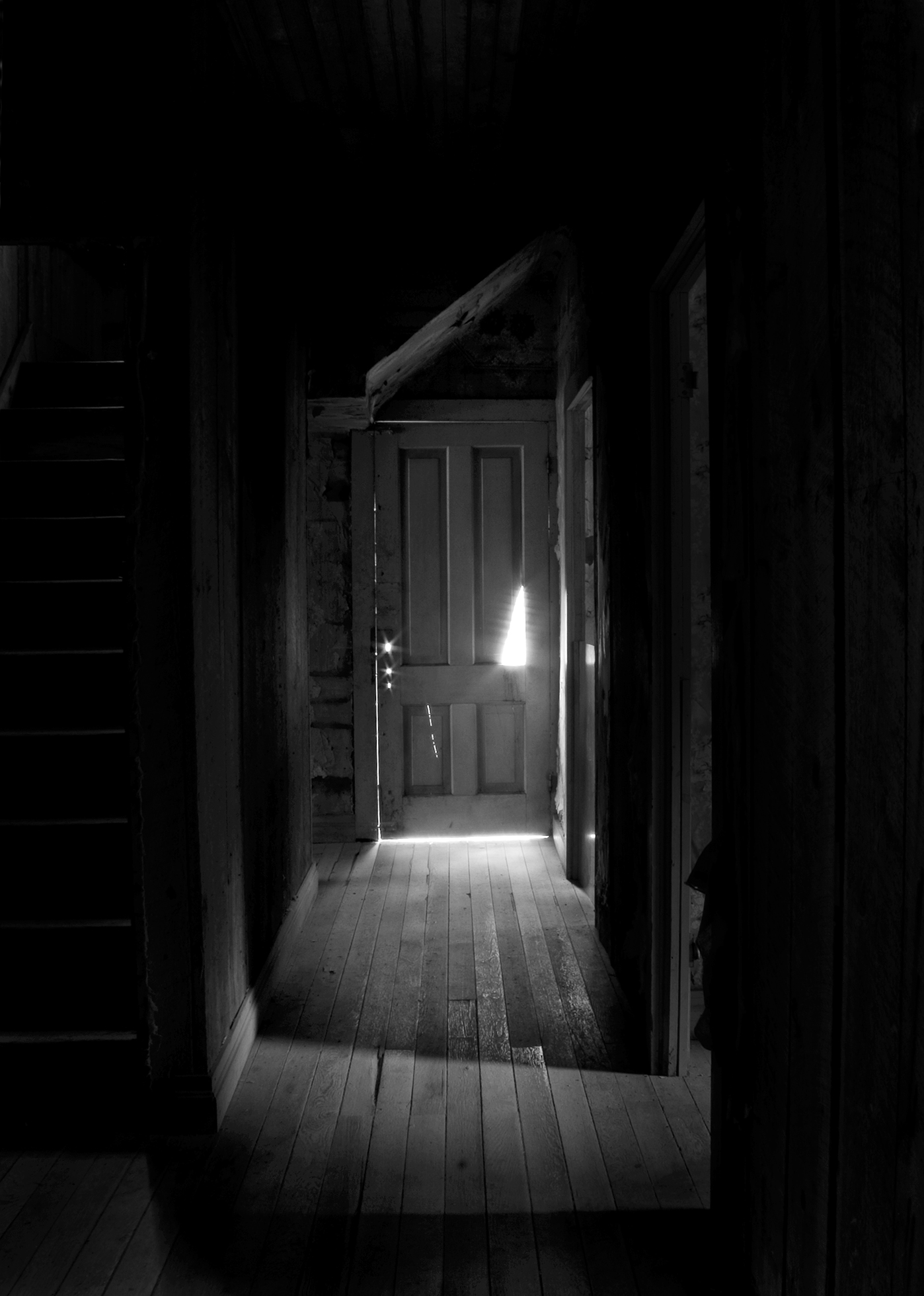Blake, Byron, Tennyson, Woolf, Poe, Plath, Kierkegaard, Pound, Hemingway, Van Gogh, Tennessee Williams, David Foster Wallace: the ranks of notable writers and artists who have suffered, too often fatally, from depression seem endless.
A 1995 Scientific American article says that “artists experience up to eighteen times the rate of suicide seen in the general population, eight to ten times the rate of depression, and ten to twenty times the rate of manic-depression and its milder form, cyclothymia.” These statistics, taken from a number of studies, suggest an association between creativity and madness. But in his 2005 book, Against Depression, psychiatrist Peter D. Kramer, author of Listening To Prozac, argues that this malady has no more to do with creativity than, say, arthritis does, and that both are simply painful diseases that should be treated with the most effective medications we can prescribe.





